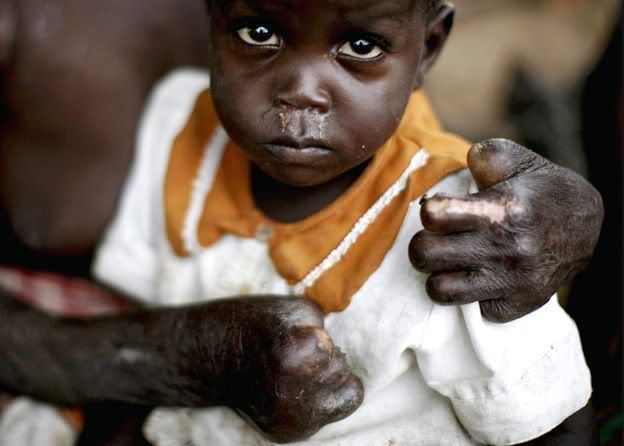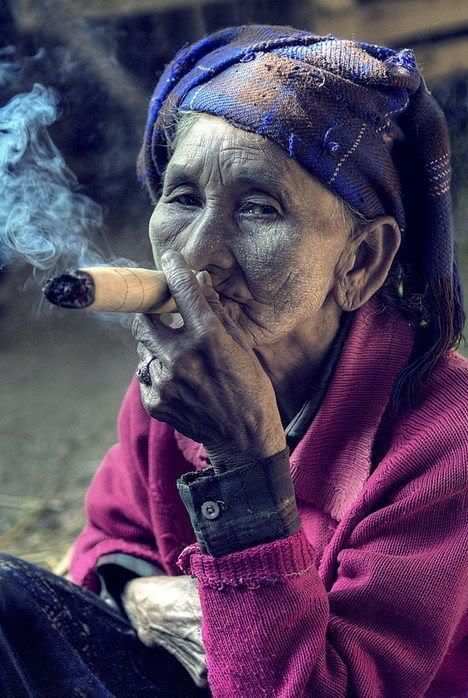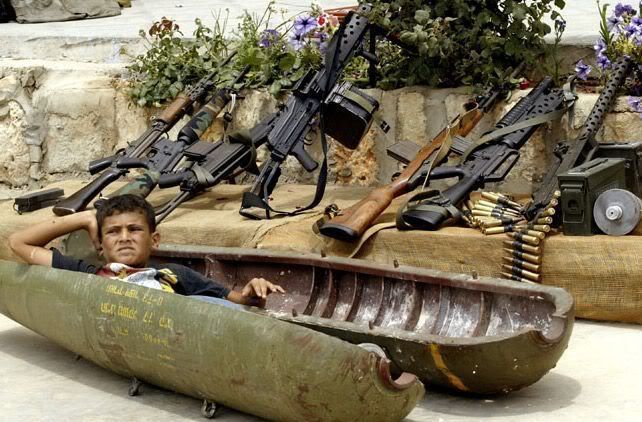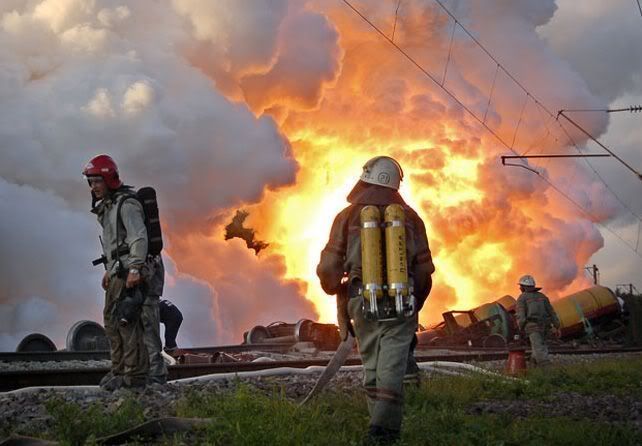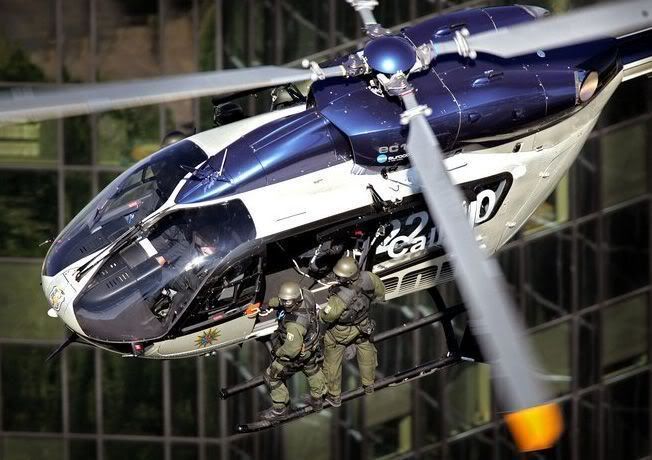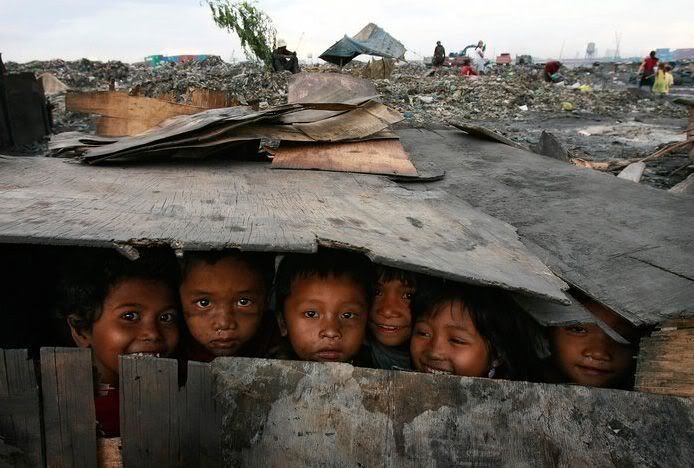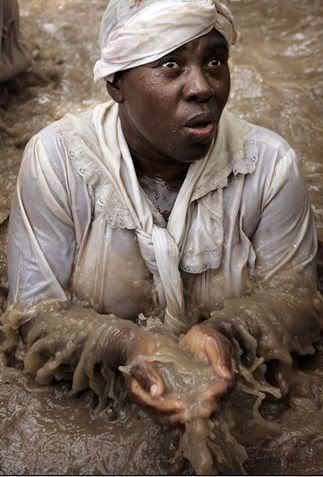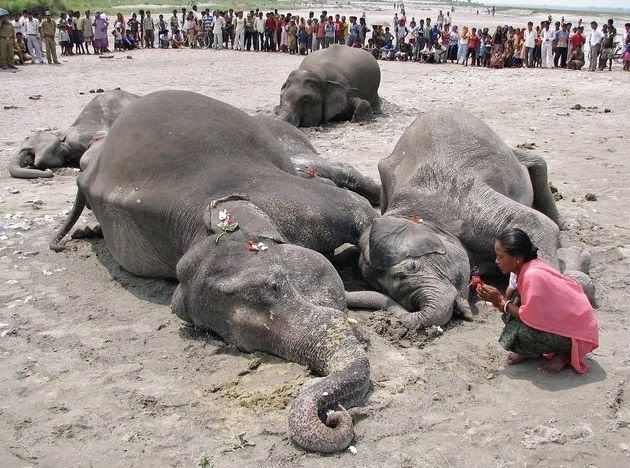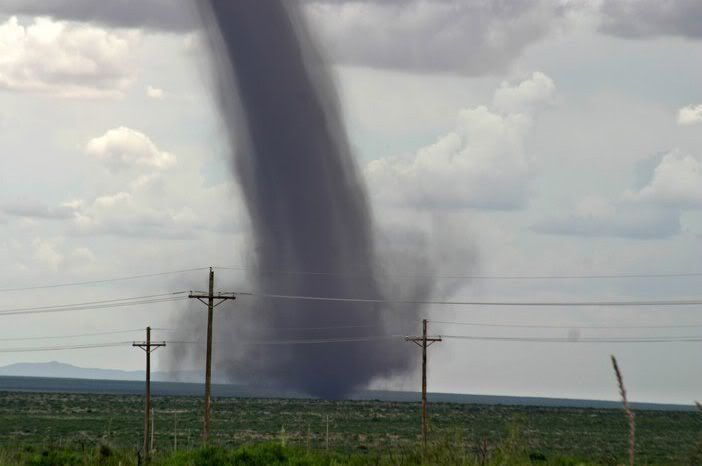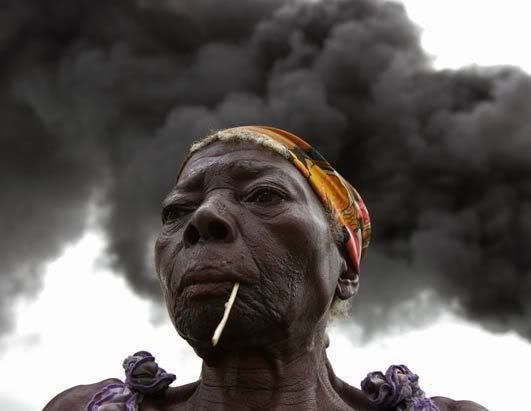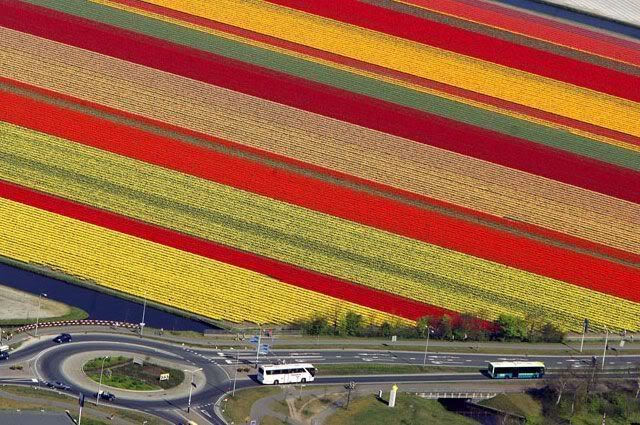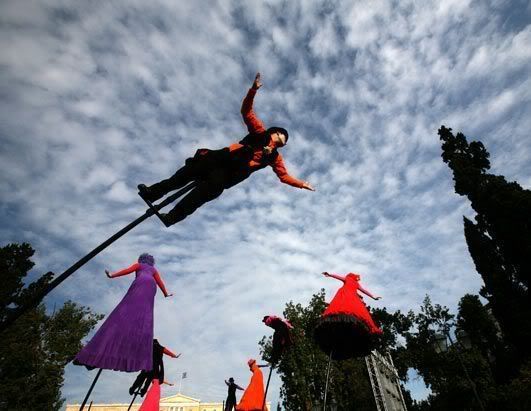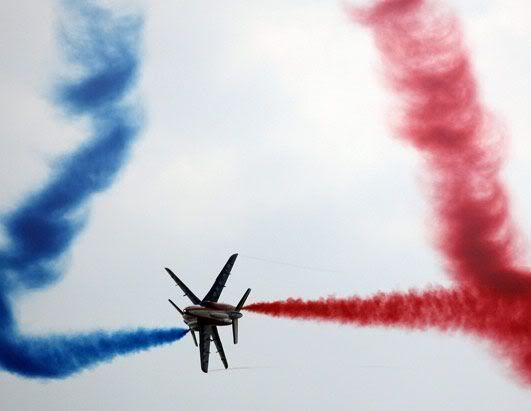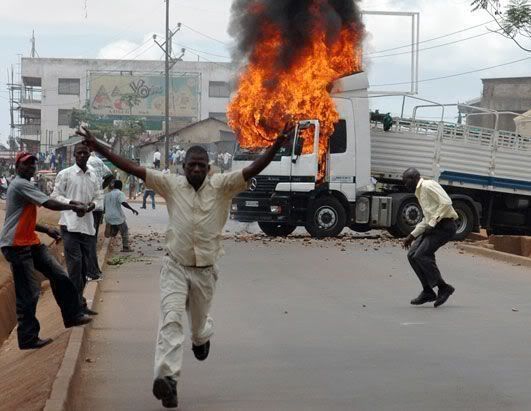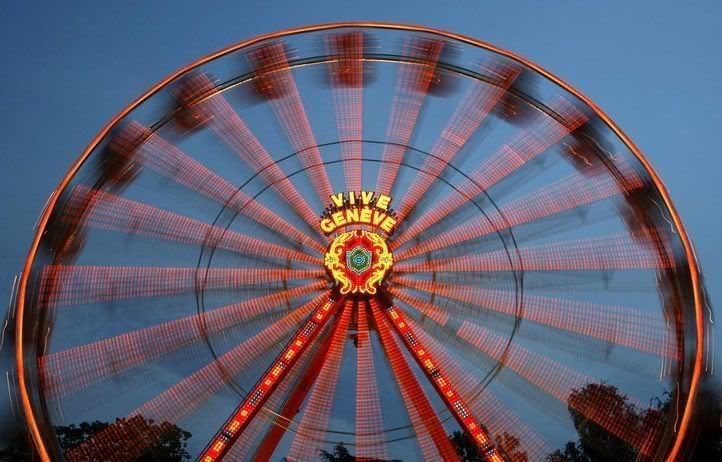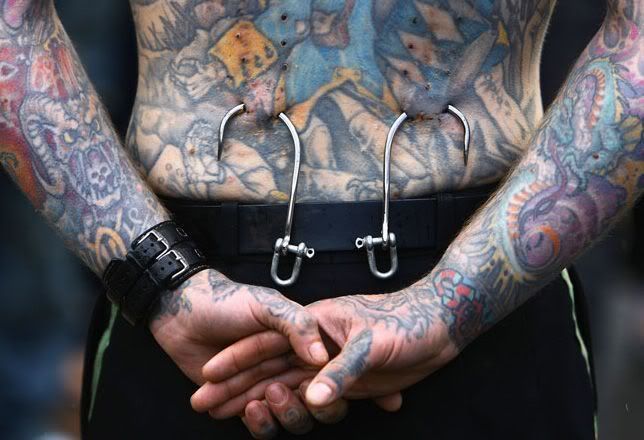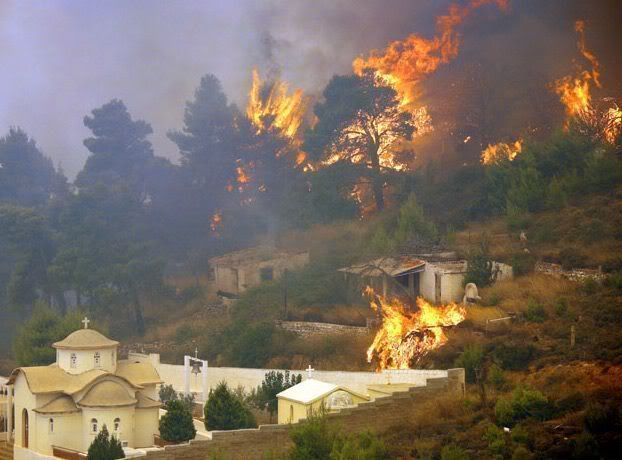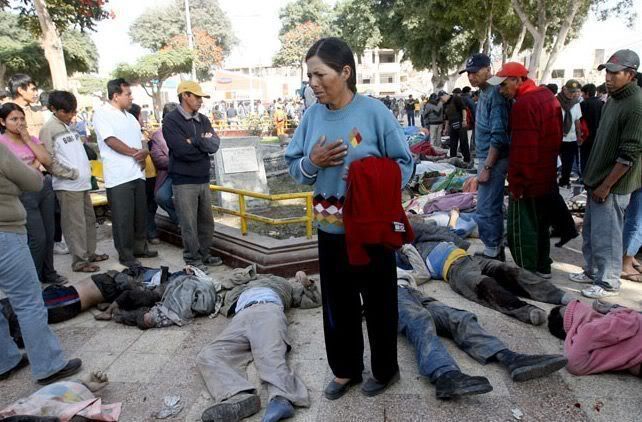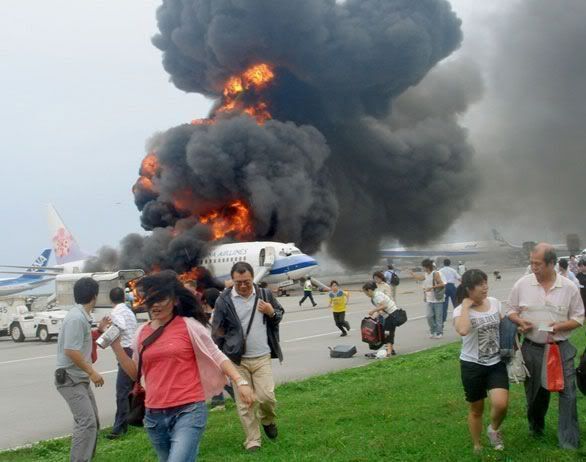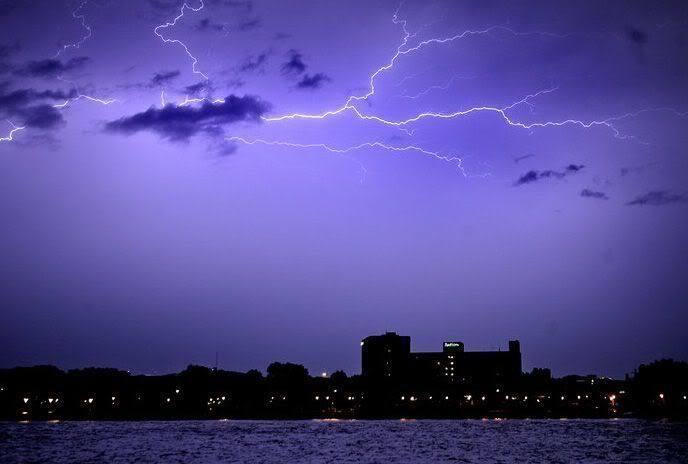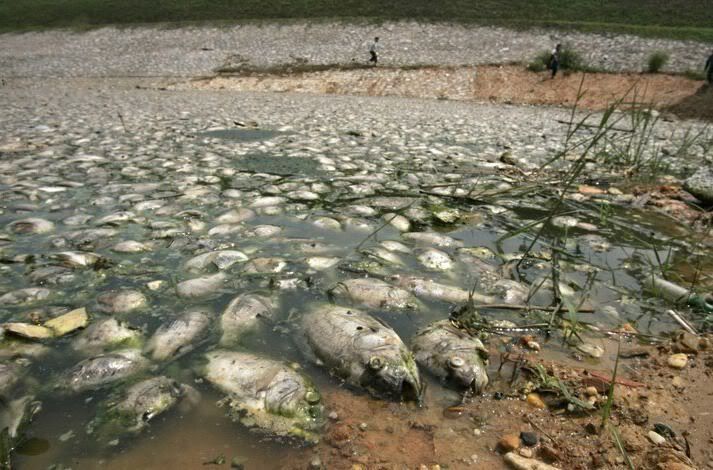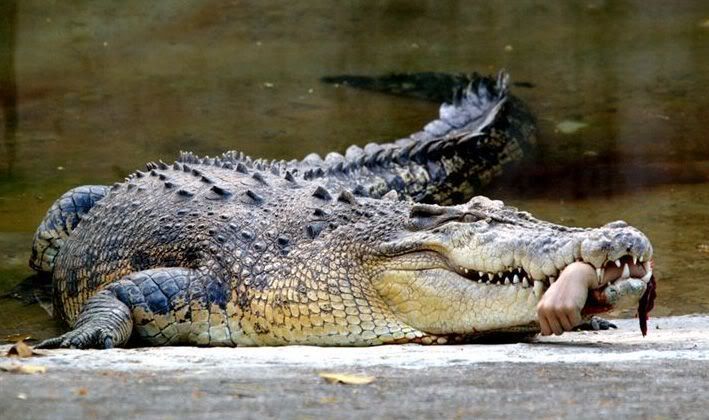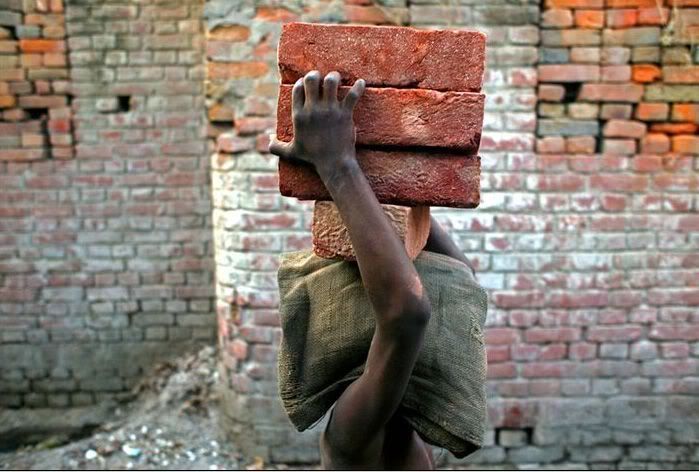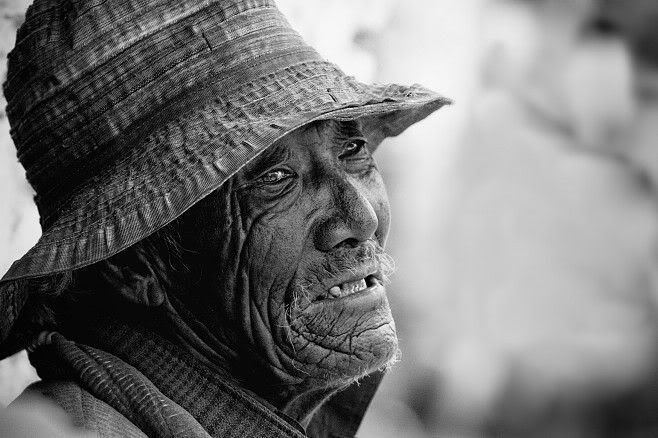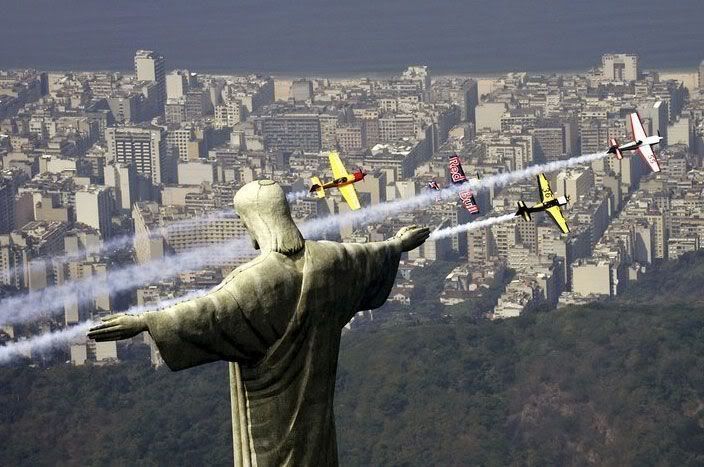
Idaho: Pull into the Dog Bark Park Inn outside Cottonwood, Idaho, and you’ll be greeted by the world’s largest beagles, Toby and Sweet Willy. While Toby is a 12-foot-tall wood carving, Sweet Willy is literally a dog house — a comfy, modern and kitschy place to crawl into and lay your head for the night. As Dog Bark Park artists and owners Dennis Sullivan and Frances Conklin write on their Web site, “At Dog Bark Park Inn, sleeping in the doghouse is a good thing!”

Chile: Elqui Domos is a collection of geodesic domes in the Elqui Valley of Chile’s Coquimba Region. The valley is renowned by astronomers for its arid, rarefied air, which is why a number of top-notch international observatories are located there. The night sky is what endows Elqui Domos with its magic; each of the seven domes with detachable roofs is equipped with a telescope as well as astronomical charts and books.

Netherlands: The Harlingen Harbor Crane stands on spidery legs next to the Wadden Sea in Harlingen, Netherlands, a testament to what technological creativity can accomplish. Once used to offload timber, the crane now serves as a sleek and modern lodging for two. A unique feature is the guest-controlled view: Stay in the Harbor Crane and you’ll be able to turn thousands of pounds of steel to rotate the crane in the direction of your choice.

Turkey: The Anatolian Cave Suites are located in the heart of the fantastic canyonlands of Cappadocia, home to some of the earliest Christian communities. Since prehistoric times, humans have burrowed into the soft, volcanic rock near Goreme-Nevsehir, Turkey, creating complex structures that honeycomb the earth. Today, travelers can stay in unique luxury, surrounded by art and history in well-appointed cave suites.

Kenya: Ngong House in Nairobi, Kenya, is a former hunting lodge built among the verdant, rolling hills that provide the setting for Karen Blixen’s novel “Out of Africa,” written under the pen name Isak Dinesen. The lodge is airy and warmly welcoming, and despite being secluded in the bush, it’s only a short drive from the heart of the capital city. Note: Recent violence in Kenya has sharply reduced the number of tourists visiting the country; be sure to check the State Department’s Web site for the latest information.

Sweden: Fulfill your desire to have your own little house on your own (tiny) private island with a stay in the Utter Inn. Sleep soundly while surrounded by fish almost 10 feet below the surface of Lake Mälaren, in Västerås, Sweden. Be like the inn's namesake, the otter — dive in and frolic in the water and explore all that the lake has to offer.

British Columbia: Tucked into a harbor on Princess Royal Island in northern British Columbia, the King Pacific Lodge floats amid the Canadian wilderness. Come aboard for a rustic yet refined adventure, which could include kayaking near orcas, fly-fishing or bear viewing, any of which can be followed by pampering in the lodge’s spa.

New Mexico: 70 feet below the ground near Farmington, N.M., is a luxurious burrow called Kokopelli's Cave Bed & Breakfast. The cave may be underground, but it is also 280 feet above the La Plata River, a setting that affords expansive vistas of the entire Four Corners region and the surrounding mountain ranges.

Florida: Jules’ Undersea Lodge in Emerald Lagoon, Key Largo, Fla., is described as being like a comfortable clubhouse on the bottom of the sea. The lodge, originally a submerged research station in this mangrove lagoon, embodies a balance between adventure and relaxation. The main benefit of sleeping under the waves is the plethora of marine life that serenely swims or sways outside the porthole windows. Guests who wish to scuba dive can take advantage of an unending supply of air for their tanks, and even order a pizza that can be delivered from the surface.

Sri Lanka: If seclusion and romance are what you crave, it doesn't get much better than a fabulous Palladian-style mansion set on 2.5-acre Taprobane Island, the only privately owned island in Sri Lanka. Wade through the surf like the many statesmen, artists and adventurers before you to reach the airy, octagonal abode and the tranquil, lush gardens that surround it.




